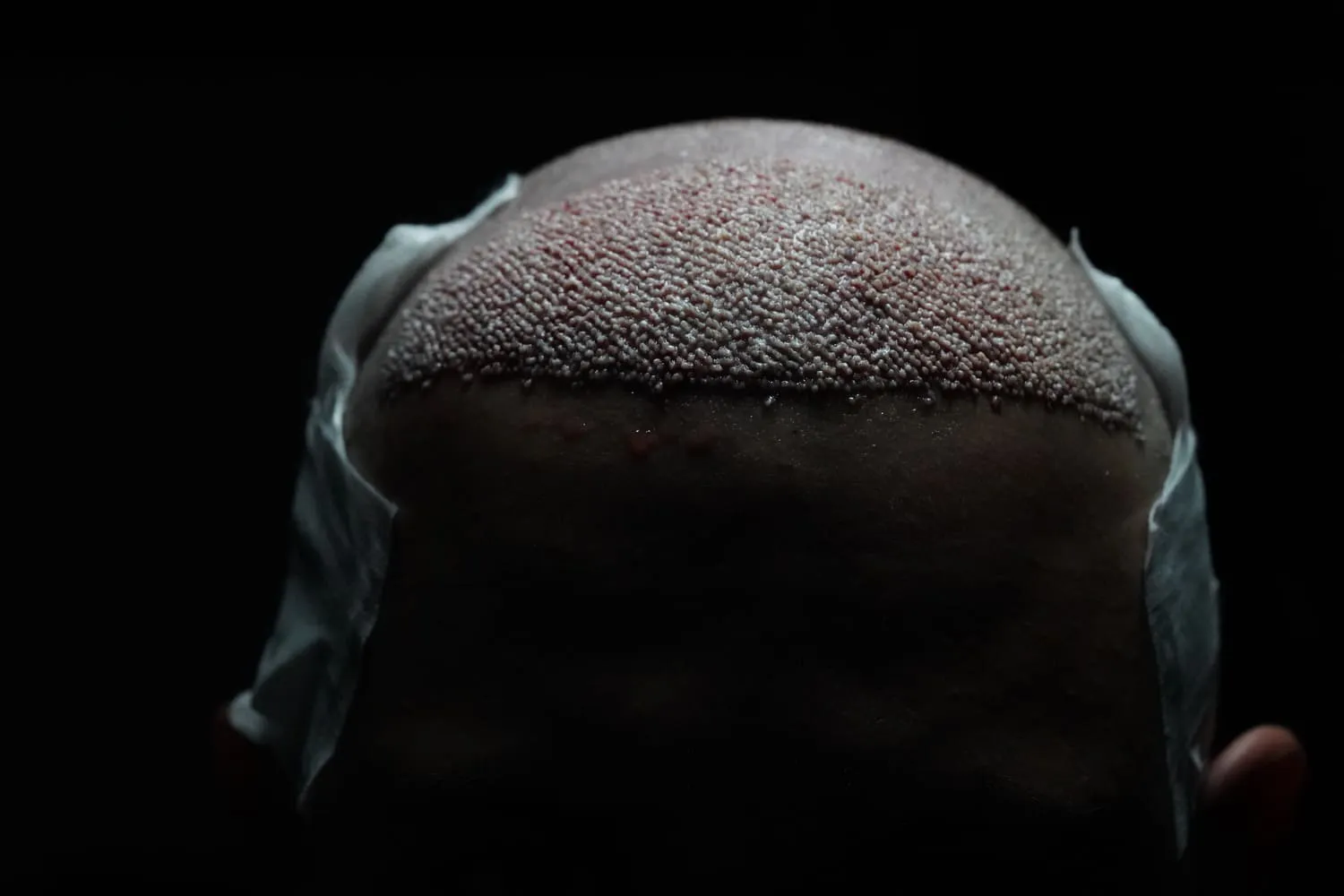Hair transplantation is a popular and permanent solution for individuals experiencing hair loss. With advanced technologies and skilled specialists, hair transplants have become a reliable and effective procedure worldwide. This comprehensive guide will walk you through the hair transplant process step by step, covering key details and considerations. Designed to be SEO-friendly, this content serves as a thorough resource for those researching hair transplantation. Additionally, a frequently asked questions (FAQ) section is included at the end.
What Is a Hair Transplant?
A hair transplant involves transferring healthy hair follicles (grafts), typically from the back of the head (donor area), to areas with hair loss or thinning. This procedure addresses hair loss caused by genetic factors (androgenetic alopecia), trauma, burns, or other reasons. Suitable for both men and women, hair transplants deliver natural-looking results.
Who Is Eligible for a Hair Transplant?
-
Genetic Hair Loss: Individuals with male or female pattern baldness.
-
Sufficient Donor Area: Those with healthy hair follicles in the donor region (usually the back or sides of the head).
-
Good Health: Candidates in overall good health without chronic conditions.
-
Realistic Expectations: People seeking natural and aesthetically pleasing results.
Hair Transplant Process: Step-by-Step
The hair transplant process consists of several critical stages, from planning to recovery. Here’s a detailed breakdown:
1. Consultation and Planning
The journey begins with a consultation with a specialist. During this phase:
-
The cause of hair loss is analyzed.
-
The donor area is evaluated for suitability.
-
The number of grafts and hairline design are determined.
-
The patient’s medical history is reviewed, and the appropriate technique (FUE, DHI, or FUT) is selected.
2. Preparation Phase
Before the procedure, patients undergo preparatory steps:
-
Hair Analysis: The quality and density of hair follicles are assessed.
-
Blood Tests: Conducted to rule out infections or other health issues.
-
Hair Shaving: In FUE or DHI methods, the hair is typically trimmed.
-
Alcohol and Smoking: These should be avoided at least one week prior, as they can hinder recovery.
3. Procedure Day
The hair transplant is performed under local anesthesia and typically takes 4-8 hours. The process involves:
-
Graft Harvesting: Hair follicles are carefully extracted from the donor area. In FUE, follicles are removed individually, while FUT involves removing a strip of skin.
-
Channel Opening: Tiny incisions are made in the recipient area to place the grafts.
-
Graft Implantation: Follicles are implanted at natural angles and directions, ensuring aesthetic results.
4. Post-Procedure Care
Post-operative care is crucial for successful outcomes. Key points include:
-
First Wash: Typically performed at the clinic 2-3 days after the procedure.
-
Crusting: Small scabs form in the recipient area and fall off within 10-14 days.
-
Swelling and Redness: Mild swelling around the forehead or eyes is normal and subsides in a few days.
-
Sleeping Position: For the first week, sleep on your back to avoid pressure on the transplanted area.
5. Recovery and Results
Full results from a hair transplant appear within 9-12 months:
-
1-3 Months: Transplanted hair sheds (shock loss), which is normal.
-
3-6 Months: New hair begins to grow, though it may appear sparse initially.
-
6-12 Months: Hair thickens and achieves a natural appearance.
Hair Transplant Techniques
The choice of technique depends on the patient’s needs and the surgeon’s expertise. The most common methods are:
FUE (Follicular Unit Extraction)
-
Individual follicles are extracted and implanted.
-
Leaves no visible scars and has a quick recovery.
-
Ideal for large areas.
DHI (Direct Hair Implantation)
-
Grafts are implanted directly using a specialized pen (Choi pen).
-
Offers denser and more natural results.
-
Suitable for smaller areas or densification.
FUT (Follicular Unit Transplantation)
-
A strip of skin is removed from the donor area.
-
Allows for harvesting more grafts but may leave a linear scar.
-
Less commonly used today.
Benefits and Risks of Hair Transplantation
Benefits
-
Permanent and natural-looking results.
-
Boosts self-confidence.
-
Minimally invasive procedure.
-
Modern techniques leave no scars.
Potential Risks
-
Infection (rare, preventable with proper hygiene).
-
Unnatural appearance (possible with inexperienced surgeons).
-
Graft loss (due to improper care or technical errors).
Hair Transplant Costs
Hair transplant costs vary based on the country, clinic quality, surgeon expertise, and number of grafts. Turkey stands out as a cost-effective destination with high-quality services. Average costs:
-
Turkey: $1,500–$4,000
-
Europe: $5,000–$10,000
-
USA: $10,000–$20,000
Why Is Turkey Popular for Hair Transplants?
Turkey is a global leader in hair transplant tourism due to:
-
Affordable Prices: Significantly lower than in Europe or the USA.
-
Experienced Surgeons: Many doctors specialize in hair transplantation.
-
Modern Clinics: JCI-accredited facilities offer high standards.
-
Tourism Appeal: Patients can combine treatment with a vacation.
Frequently Asked Questions (FAQ)
1. Does a hair transplant hurt?
Hair transplants are performed under local anesthesia, making the procedure painless. Mild discomfort may occur afterward, manageable with painkillers.
2. How long does a hair transplant take?
The procedure lasts 4-8 hours, depending on the number of grafts. Recovery takes 1-2 weeks, with full results visible in 9-12 months.
3. Will transplanted hair fall out?
Yes, transplanted hair undergoes “shock loss” within 1-3 months, which is temporary. New hair begins growing within 3-6 months.
4. What is the best age for a hair transplant?
Hair transplants are typically recommended for individuals aged 25 and older, as hair loss patterns stabilize by this age. Each case is evaluated individually.
5. Is hair transplantation in Turkey safe?
Yes, hair transplants in Turkey are safe when performed in JCI-accredited clinics with experienced surgeons.
6. When can I return to normal activities after a hair transplant?
Light activities can resume after 3-5 days, with full recovery in 10-14 days. Strenuous activities like sports should be avoided for one month.
7. Can women get hair transplants?
Yes, women can undergo hair transplants, particularly for thinning hair or to refine the hairline.





No comments yet. Be the first to comment!